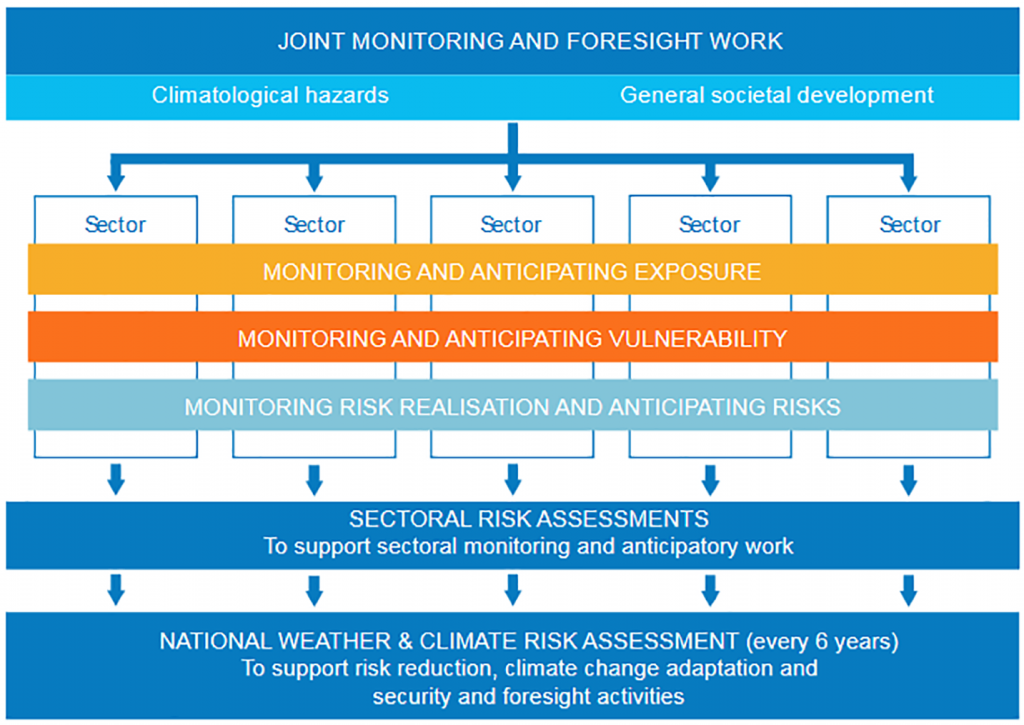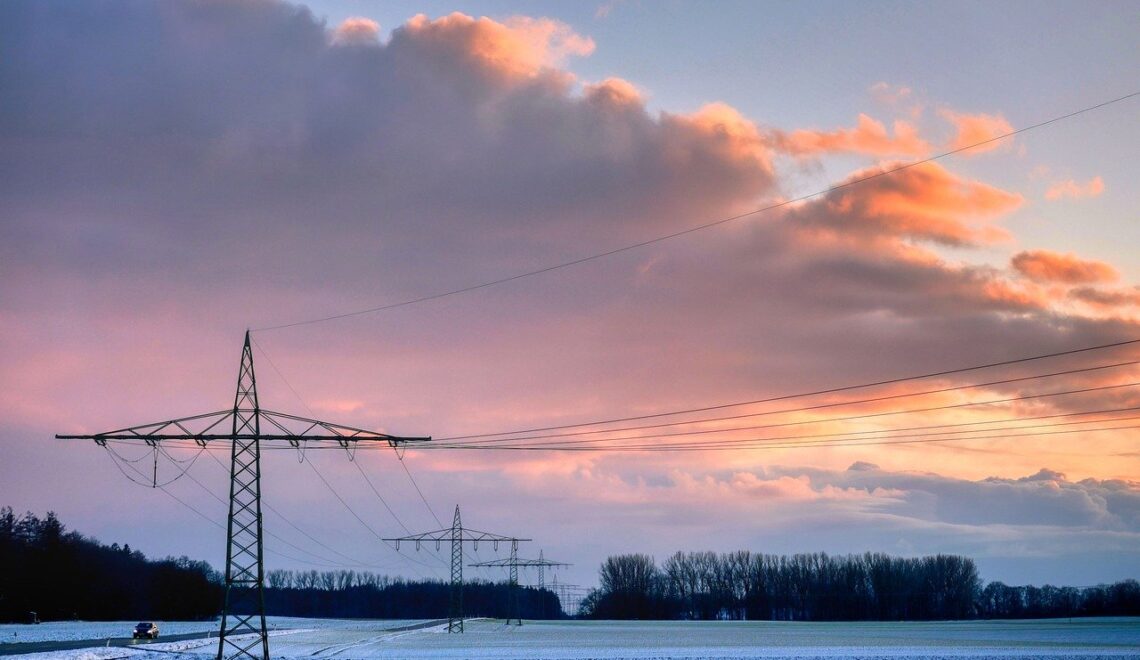An assessment of hydro-meteorological and climatic risks was prepared for several sectors in Finland based on literature review and expert judgment. A governance model for organising future assessment of weather and climate risks was developed to support climate change adaptation and disaster risk management needs.
HEIKKI TUOMENVIRTA (1), MIKAEL HILDEN (2), SANNA LUHTALA (1), KAROLIINA PILLI-SIHVOLA (1)
(1) Finnish Meteorological Institute, (2) Finnish Environment Institute
The hydro-meteorological and climatic risks were assessed as a combination of the hazard, exposure and vulnerability using the framework adopted by the Intergovernmental Panel on Climate Change (IPCC). (IPCC, 2012) The framework can deal with the influence of both the changing climate and socio-economic factors on risks. In the current climate, weather events pose identifiable risks to Finnish infrastructure, citizens and businesses, as demonstrated by recent events. In the future, the risks will change as climate change will affect frequency, severity and seasonal timing of adverse hydro-meteorological events. Risks are likely to increase, especially for ecosystems and infrastructure. Hydro-meteorological events and climate change outside Finland can indirectly affect Finnish society through global flows and movements of commodities, energy, finance and humans. (Tuomenvirta et al., 2018)
The management of weather and climate risks can be improved by introducing a common governance model for risk assessments. Such assessments should support adaptation policies and the implementation of risk reductions nationally and regionally. The proposed model uses timely and coherent information on societal development, hazards, exposure and vulnerability (Fig. 1). This information is synthesized into climate risk assessments that are updated at regular intervals to meet the requirements of the Climate Act. (Hilden et al., 2018)

The governance model is designed to deliver sector-specific risk assessments from interoperable basic data and scenarios; ultimately merging them into a national climate risk assessment. The model is also suited to guide regional and municipal risk assessments. It supports the assessment of the consequences of harmful weather events, emerging risks and cross-border effects. The development of monitoring of risks factors, increasing coverage of geo-referenced data, information sharing between stakeholders, implementation of new technologies and maintaining long-term monitoring are all critical to the success of future risk assessments.
Acknowledgements: The work was funded by the Government’s Analysis, Assessment and Research Activities (SIETO-project).
References
IPCC, 2012: Managing the Risks of Extreme Events and Disasters to Advance Climate Change Adaptation. A Special Report of Working Groups I and II of the Intergovernmental Panel on Climate Change. Cambridge University Press, Cambridge, UK, and New York, NY, USA, 582 pp.
Tuomenvirta, H., et al., 2018: Sää- ja ilmastoriskit Suomessa – Kansallinen arvio. (Weather and Climate Risks in Finland – National Assessment; in Finnish, abstract in English). Prime Minister’s Office Finland. Publications of the Government’s analysis, assessment and research activities 43/2018. 107 p.
Hildén, M., et al., 2018: Assessing and monitoring hydrometeorological and climate risk is an investment in safety and well-being. Policy Brief. Prime Minister’s Office Finland. Article series of Government’s analysis, assessment and research activities 23/2018. 4 p.
HOW TO CITE THIS ARTICLE:
Tuomenvirta H., Hilden M., Luhtala S., Pilli-Sihvola K., 2019: Assessment of Weather and Climate Risks in Finland, FMI’s Climate Bulletin: Research Letters, 1(1), 8, DOI: 10.35614/ISSN-2341-6408-IK-2019-06-RL
CITATION INFORMATION:
Authors: Heikki Tuomenvirta, Mikael Hilden, Sanna Luhtala, Karoliina Pilli-Sihvola
Received: March 28, 2019
Accepted: June 11, 2019
First online: June 19, 2019
Published: June 20, 2019
Journal: FMI’s Climate Bulletin: Research Letters
Volume: 1
Issue: 1
Page: 8
DOI: 10.35614/ISSN-2341-6408-IK-2019-06-RL
Header image: Eija Vallinheimo




